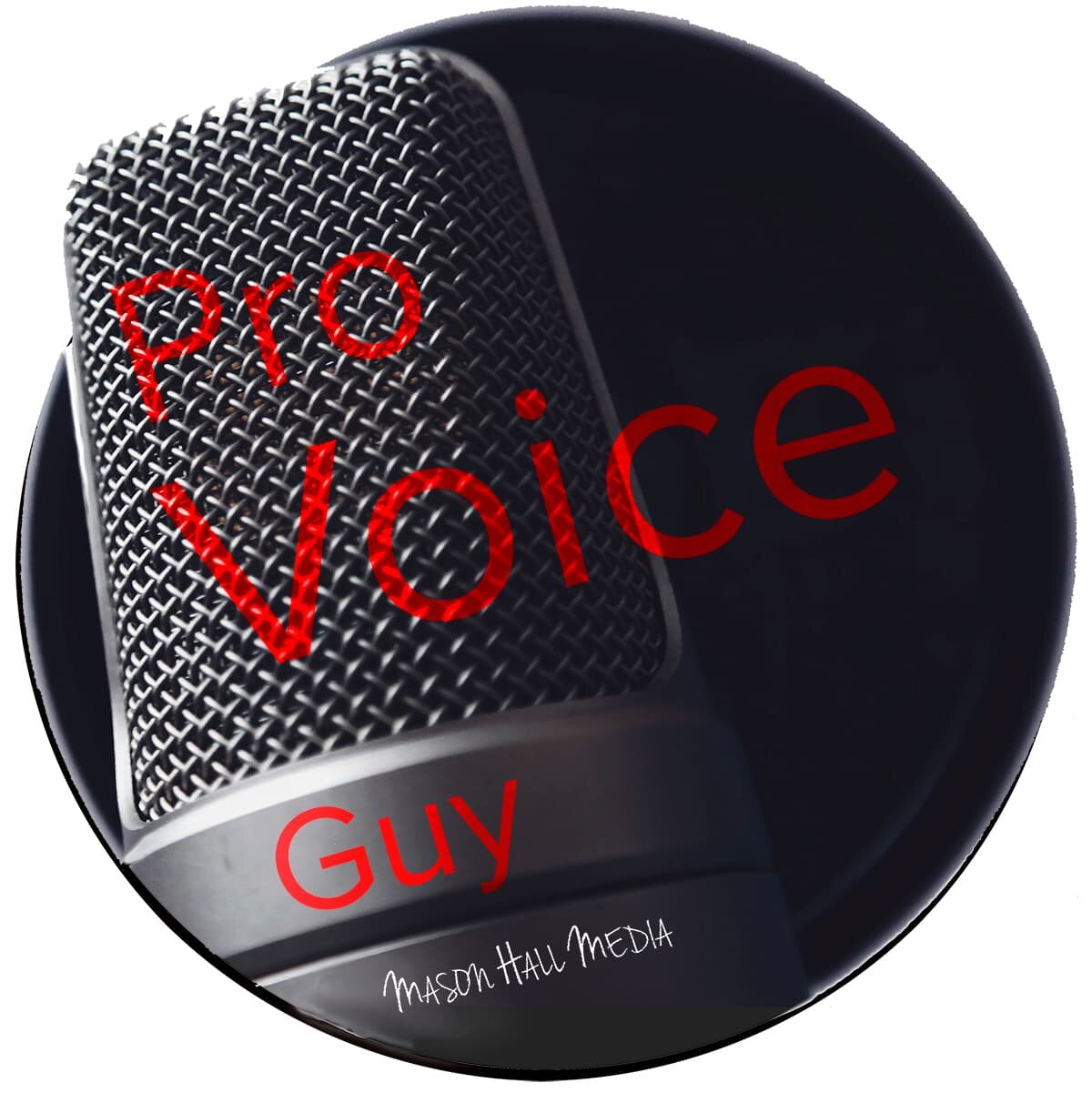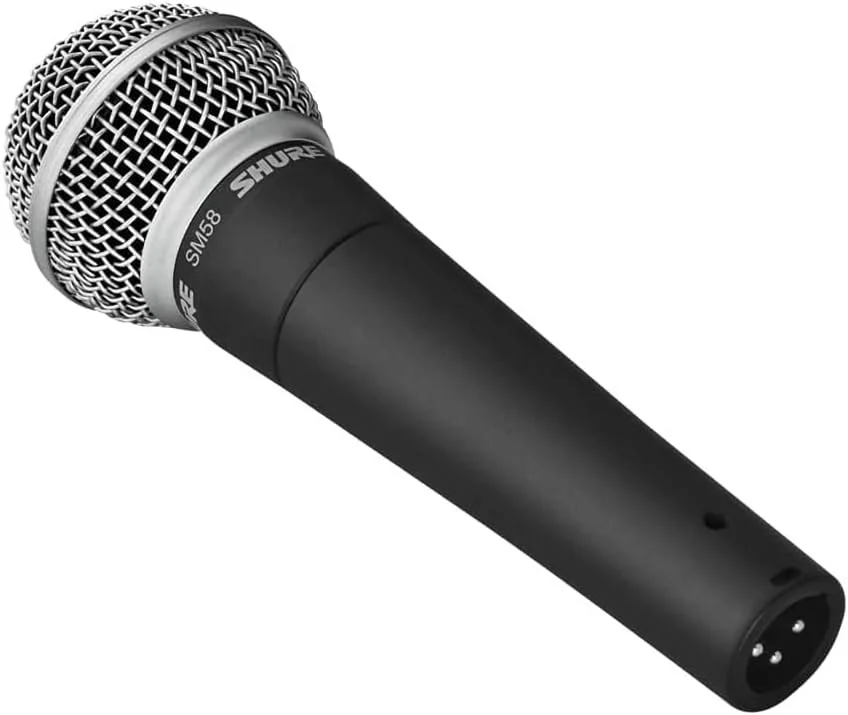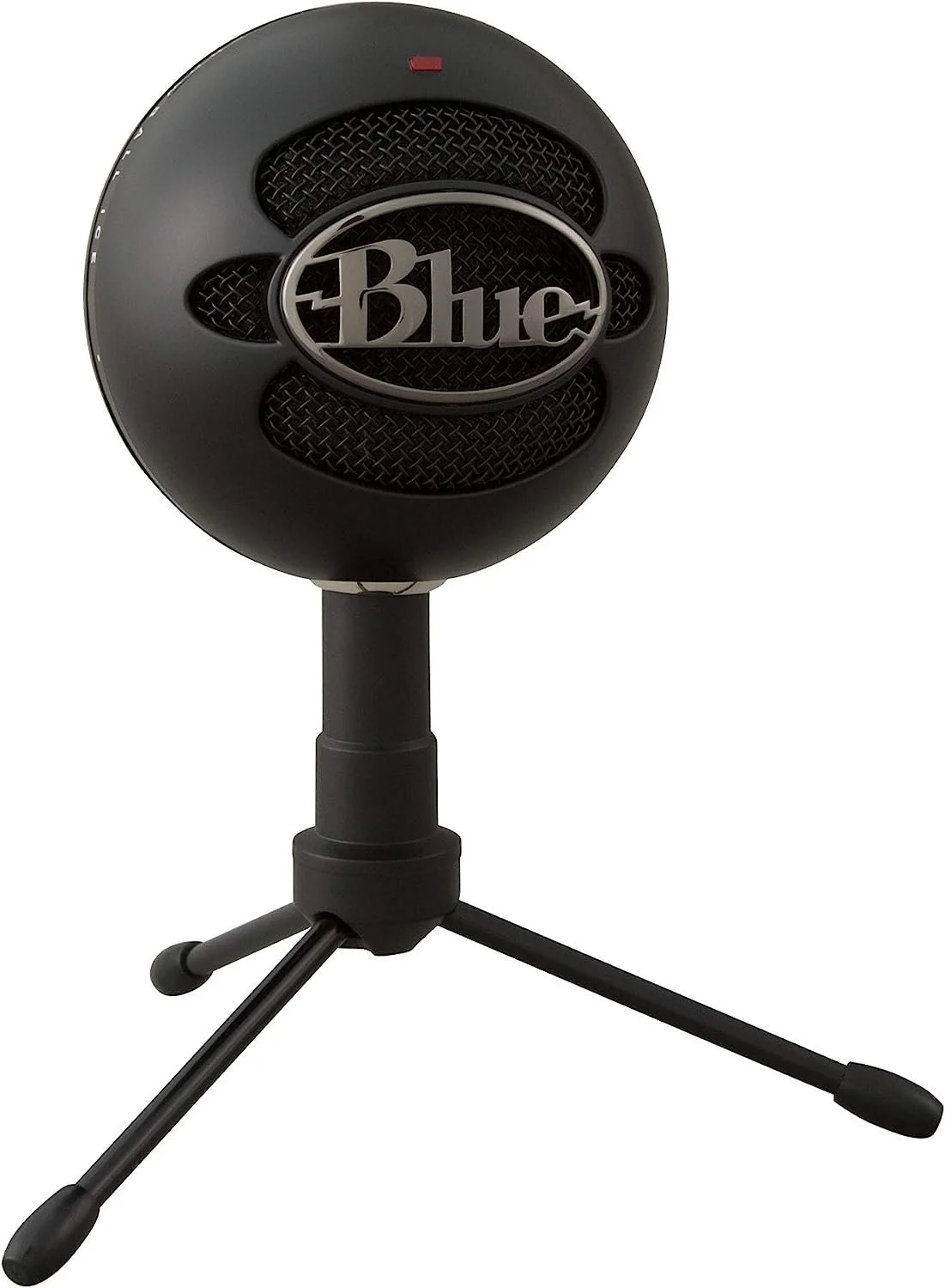Dynamic vs Condenser Microphones – A Simple Guide for Podcasters
Looking for more insight into finding the right microphone? Check out USB vs. Analog Microphones: A Beginner's Guide to Choosing the Right Option for Podcasting. Once you understand both pieces, you should be ready to make the right choice in a mic. I may make a commission on some links listed on this page.
If you are thinking of starting a podcast, one of the key decisions you'll need to make is choosing the right microphone. I understand it can be confusing. I recently wrote a post titled, “USB vs. Analog Microphones: A Beginner's Guide to Choosing the Right Option for Podcasting,” but USB vs Analog is only one part of the decision. There is also the matter of dynamic vs. condenser.
When it comes to podcasting, the most commonly used types of microphones are dynamic and condenser microphones. But what's the difference? And which one is right for you? Don't worry! This guide is here to help, and it's written for those of us who don't have a degree in sound engineering.
Dynamic Microphones
Let's start with dynamic microphones. They are built tough and are great at handling high volume levels. If you've ever been to a rock concert, you've probably seen one of these in action, as they're typically used by singers due to their durability and ability to handle loud noises.
For podcasters, dynamic microphones offer several advantages. They tend to be less sensitive than condenser microphones, which can actually be a good thing. Less sensitivity means they pick up less background noise. If you're recording in a room that's not soundproof, or there's a lot of street noise outside your window, a dynamic microphone could help reduce that noise.
However, dynamic microphones might not capture the full range of your voice's tonal qualities. If audio fidelity is your top priority, you might want to consider a condenser microphone instead.
Condenser Microphones
Condenser microphones are more sensitive and accurate than dynamic microphones. This means they can capture a wider range of frequencies and subtleties in your voice, leading to a richer and more detailed sound.
They're perfect for studio settings where background noise can be controlled. If you have a quiet space to record, or you can invest in soundproofing, a condenser microphone could be a great choice.
However, their sensitivity means they can pick up unwanted noise. A condenser microphone could pick up the hum of your air conditioner, the click of your mouse, or even the sound of you shifting in your chair.
Price and Durability
Price might also be a consideration. Dynamic microphones tend to be more affordable, and they're also more durable. If you're just starting out or planning to record on the go, a dynamic microphone might be a more practical choice.
Condenser microphones, on the other hand, are usually more expensive, and they can be more delicate. They require careful handling and are best suited for a controlled studio environment.
There's no one-size-fits-all answer when choosing between a dynamic and condenser microphone for your podcast. A dynamic microphone might be the best fit if you're in a noisy environment or on a tight budget. If audio quality is your top priority and you have a quiet place to record, a condenser microphone might be the way to go.
Ultimately, the best microphone for you will depend on your specific needs, budget, and recording environment. Take the time to understand the advantages and disadvantages of each type, and remember, great content is what truly makes a podcast shine!



